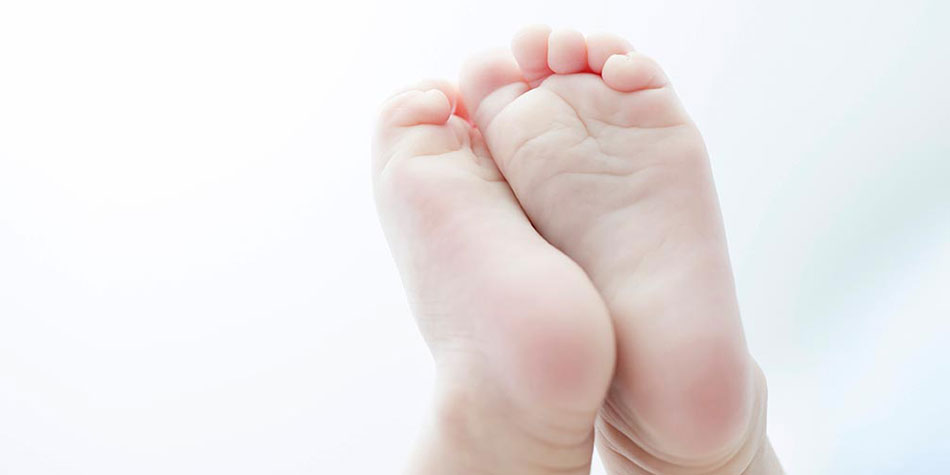
There’s plenty to worry about when it comes to an infant’s health, but how do you prevent a serious condition that has no obvious cause? Sudden Infant Death Syndrome (SIDS) is a big concern for parents and caregivers, yet it continues to take the lives of children when in many cases it was preventable.
SIDS refers to the unexpected, unexplained death of a child less than one year old. SIDS is rare during the first month of life. It peaks at 2-4 months of age, then gradually decreases.
Sleep surface and sleep position
Infants should sleep on their backs. The American Academy of Pediatrics (AAP) and other groups recommended this position for infants in 1994 with the “Back-to-Sleep” campaign. A study published by the AAP in August 2016 found that parents are still putting their infants in dangerous sleep environments. Make sure the infant’s bed is relatively firm. Non-approved sleep surfaces include a car seat, co-sleeper, adult’s bed, sofa or swing.
To reduce an infant’s risk of suffocation and SIDS, keep the following out of their crib or other sleep surface:
- Blankets and loose bedding
- Pillows
- Bumpers
- Stuffed animals
- Sleep positioners
Sharing the same bed (co-sleeping)
Parents should be diligent about making sure the child isn’t sleeping in the same bed as them. Co-sleepers are not much safer.
You can still share your room with your child, which the AAP recommends doing until the child’s first birthday, or at least for the first 6 months of life. An infant sleeping in their parents’ room on a separate sleep surface decreases the risk of SIDS by as much as 50%.
Swaddling
Swaddling at a very young ages seems to quiet babies and to keep them comfortable. However, infants are less likely to be aroused by stimuli when swaddled. Use a wearable blanket and swaddle only up to a certain age. Wearable blankets are safer than loose blankets in the crib. If you’re swaddling your infant, make sure to only place him on his back. As soon as baby shows any signs of attempting to roll, stop swaddling.
Room and body temperature
Use a comfortable temperature in the room—not too cold or too hot, around 70 degrees Fahrenheit. Signs of overheating include sweating or the baby’s chest feeling hot to the touch. Don’t let your baby wear a hat when they sleep.
The AAP actually recommends putting your baby to sleep with a pacifier. If you are breastfeeding, you will need to wait one month before introducing a pacifier, to ensure breastfeeding is going smoothly. We don’t fully know why, but research has shown that pacifiers at sleep-time can reduce the risk of SIDS. Be sure to not use a pacifier “leash.”
Do You Need New Technology to Prevent SIDS?
Even when taking every precaution, parents and caregivers may still worry their child will stop breathing unexpectedly. Monitors are on the market that can be placed on a child’s foot to measure oxygen levels and heart rate or under their mattress to check for a lack of movement. It is recommended you have a conversation with your pediatrician before using any of these monitors. The AAP has found that there's no evidence to support the role of home cardiorespiratory monitors. Many of these monitors are conveniently connected to mobile devices, but they should be used with caution.
EIRMC offers pediatric emergency care in an area of the ER separate from adults. This means children will have less exposure to the sights and sounds of an ER that can sometimes be scary. If your child needs emergency care, EIRMC stands ready to help. To learn more, visit eirmcKids.com.
In the case of an emergency, dial 911.
$webqFacilityNumber
Need a Physician?